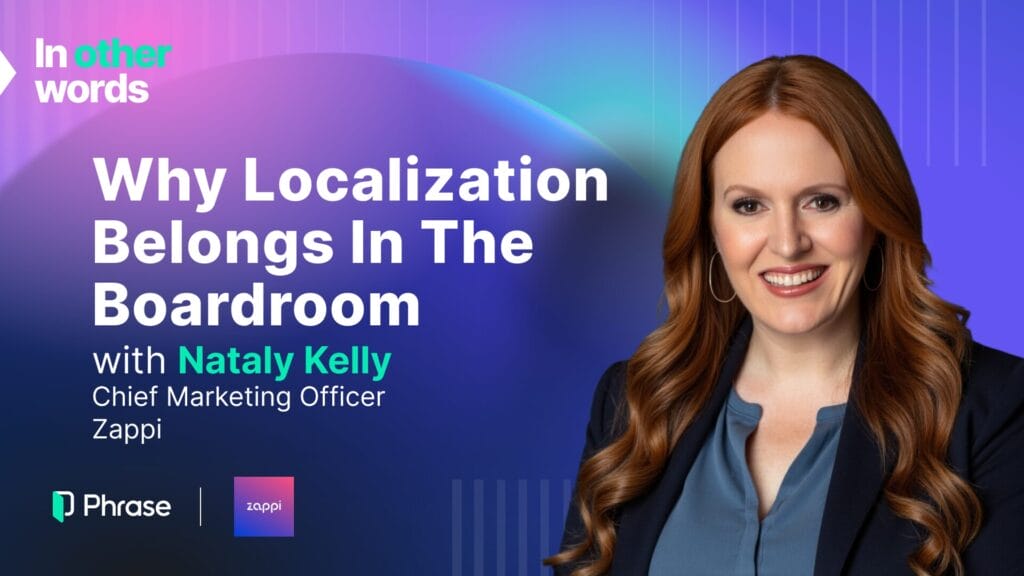Over the past years, there has been a noticeable increase in the preference of chat-based customer support. This is primarily due to the fact that it’s fast, convenient, and allows users to openly explain their issues and get help in real-time.
Communication in chat-based support is either with a chatbot or human agents. Chatbots are efficient in solving quick fixes, guide the user to their solution through branching, and offer responses to direct questions.
However, when issues become more complex, or require reassurance and empathy, human agents must step in. Finding the right balance between both is crucial, and in order to do so, we must explore the uses and limitations of each.
The rise of chatbots and live chat in customer support
The most common form of customer support today is through chat, with 41% of consumers preferring live chat support over any other channel. The appeal of chat is clear: it allows users to describe their issues in their own words, making it a convenient and personal way to seek help.
Often, the first point of contact for a customer is an FAQ page or a help center. However, when emotions like frustration or confusion are at play, users may not have the patience to browse through multiple topics. Instead, they are likely to gravitate toward the chat function for immediate assistance.
Once activated, the customer typically encounters a chatbot, which leads them through a structured, branching dialogue.
Branching in chatbots: guiding customers efficiently
Branching chatbots are designed to handle multiple scenarios by presenting the user with a series of options, guiding them toward a solution. Here’s an example of how this works:
Question: “What can I help you with?”
- Option 1: “Billing issue” → Leads to billing-related options.
- Option 2: “Technical issue” → Leads to technical troubleshooting.
Branching is an efficient way to direct customers toward a resolution by providing contextual responses based on their choices. Additionally, the chatbot can escalate the conversation to a human agent if the issue becomes too complex. However, this system has its limitations. When the user’s issue doesn’t fit neatly into the predefined paths, or when emotional reassurance is needed, human intervention becomes necessary.
Zendesk empowers new connections through global scalability and superior localization
The transition from bot to human: ensuring empathy
The transition from chatbot to human agent is often triggered when the problem becomes too complex or requires empathy. This is something chatbots still struggle to deliver. This smooth handoff is essential for ensuring the customer feels supported.
Take Apple’s customer support as a case study. Apple is known for its seamless integration of automation and human assistance.
Here’s how the process works:
- Initial interaction: A customer experiencing issues with their MacBook interacts with Apple’s chatbot, which collects basic information (e.g., the model of the device and the issue).
- Escalation trigger: If the chatbot identifies a complex issue—such as a system crash or data loss—it will quickly escalate the interaction to a human agent.
- Human interaction: A human agent will then take over, offering empathetic language to reassure the customer. For example:
- Agent message: “Hi John, I understand how concerning it must be to lose your data. Let’s work together to resolve this. Can you tell me more about what you were doing when the issue occurred?”
- Resolution and follow-up: The agent provides a step-by-step solution in clear, jargon-free language, and follows up to ensure the issue is fully resolved.
This process doesn’t just solve the problem, it builds trust and strengthens the customer’s relationship with the brand.
Multilingual support: The challenge of language barriers
For global companies like Airbnb, Amazon, and Google, providing multilingual support is essential. These companies must bridge language barriers to offer effective assistance to their international customers.
Real-time machine translation plays a significant role here, allowing teams to communicate with users in different languages quickly. However, real-time translation comes with its own challenges. Is it more important for customer support to be fast, or for the translation to be perfectly nuanced? This question doesn’t have a one-size-fits-all answer, as it depends on several factors:
- Does the support require detailed explanations or multi-step troubleshooting?
- Is the issue critical, requiring back-and-forth communication for clarification?
In cases where a customer only needs basic information, speed is essential. According to livechat.com. when companies reply within 5 to 10 seconds via live chat, customer satisfaction rates jump to over 84%.
For example, queries about order status or shipment tracking can often be handled effectively through chatbots, where the need for precise language isn’t as pressing. However, when the issue becomes more complex or requires emotional sensitivity, the ability to switch to human communication becomes crucial.
Boost your CX: 5 case studies illustrating how language transforms customer service
Explore five case studies from leading global brands that use language and personalization to drive customer loyalty and business growth

The limitations of machine translation
When a human agent is involved in multilingual support, companies often rely on machine translation as an intermediary tool. However, there are limitations to this approach, particularly when it comes to cultural nuances. For example, the tone and formality in a customer’s message can vary greatly from one culture to another, and machine translation may not always capture these subtleties.
Cultural differences transcend language. For instance, Arabic is the spoken language across the Middle East and North Africa MENA region. Although Modern Standard Arabic (MSA) is the official formally written Arabic, it is not commonly spoken in day-to-day conversation. Each region has its own dialect which differs significantly from MSA.
Let’s take Darja, a North African dialect, as an example. Darja blends Arabic, Berber, and French, meaning that if a North African user receives a machine translated message in Arabic, it will be in MSA. And while linguistically correct and technically accurate, it might feel unnatural or misunderstood by someone who is only familiar with Darja.
In such cases, a customer support agent who is fluent in the spoken dialect is necessary to align with the linguistic and cultural nuances of their audience to enhance their user experience and foster trust.
Balancing speed, accuracy, and empathy
As customer support becomes more digital, the role of language—whether through chatbots, human agents, or real-time translation—will continue to evolve.
Companies that prioritize both speed and accuracy, and recognize the importance of cultural nuances, will provide the best customer experiences.
Whether it’s a fast, automated response to a simple question or a human agent offering empathy and reassurance in multiple languages, effective communication remains at the heart of exceptional customer service. The key to success will lie in finding the right balance between efficiency and empathy, and understanding when each is needed most.
Your guide to website translation: unlock global growth
Uncover the essential strategies for translating your website & successfully expanding into new international markets.






